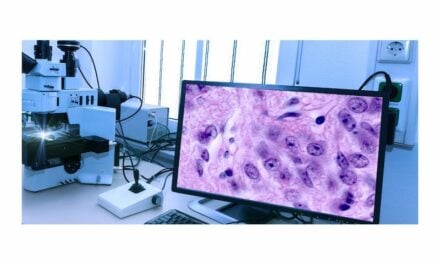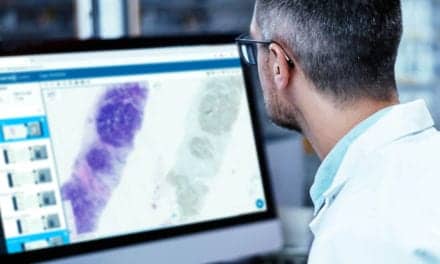Summary: Digital transformation is crucial for clinical labs to efficiently manage unstructured data and to help them transition from legacy systems.
Key Takeaways:
- Traditional legacy systems struggle with unstructured data like images and videos, leading to inefficiencies and potential missed insights.
- Cloud platforms and AI enable automated, comprehensive analyses of unstructured data, providing faster and more accurate diagnostics.
- Labs face hurdles such as high costs, migration complexities, and staff resistance, which may be alleviated by a hybrid approach combining legacy and digital systems.
By Andy Lundin
Transitioning to digital solutions is increasingly essential for clinical labs. A shift from legacy systems to advanced digital systems is driven by several key factors, including the need for efficient data management, improved patient outcomes, and enhanced operational efficiencies.
One challenge clinical labs and pathologists face that can be addressed with the help of digital technology is the management of unstructured data.
Improving Management of Unstructured Data
While traditional legacy systems are designed to handle structured data (e.g. numerical and categorical data) certain types of clinical testing will generate large amounts of unstructured data, including images, videos, and other complex genomic data.
These data types are not easily managed or analyzed using older technologies, leading to inefficiencies and the potential for missed insights, particularly with digital pathology, according to Vanessa Justice, director of account executives at BlueCloud, a services solutions provider specializing in helping clients transition to and optimize their cloud environments.
“When you’re thinking of pathology and when you’re thinking of testing organizations, a lot of that data that they’re working with is unstructured,” says Justice. “That can be difficult to work in when you’re thinking of storing the data, working with the data, finding that data.”
Ways Digital Tech Helps Support for Labs
Digital technologies can provide solutions for handling unstructured data. Cloud platforms, for example, can store and process vast amounts of data, including structured, semi-structured, and unstructured formats.
“With legacy systems it takes a lot of manual work to perform such analytics but with the cloud it could be more automated,” Justice says.
This helps pathologists perform more comprehensive analyses and glean insights that may have been impossible to identify through legacy systems. For instance, digitized slide images can be stored and analyzed using advanced algorithms, providing quicker and more accurate diagnostic results.
Artificial intelligence (AI) is also revolutionizing the clinical lab landscape. AI can assist in diagnosing diseases by identifying patterns in large datasets, predicting patient outcomes, and suggesting personalized treatment plans, Justice notes.
Overcoming Challenges
Despite these advantages, the transition to digital technologies is not without its challenges. Many labs may be hesitant to invest in new technologies due to perceived high costs and the complexity of migration. There may also be resistance to change among staff who are accustomed to legacy systems, complicating adoption of new technologies.
“It might also be that people just don’t realize how digital technologies would function in their organization. This could lead to a potential hybrid situation with legacy systems and digital technologies working in tandem,” Justice says. “So maybe you’re utilizing the cloud for some tasks while you’re still working with some legacy systems.”
The current workforce shortage also underscores the need for digital transformation. Advanced technologies can help mitigate the impact of this shortage by automating routine tasks and allowing skilled professionals to focus on more complex and value-added activities.
Andy Lundin is the associate editor of CLP.
Photo: Dreamstime





